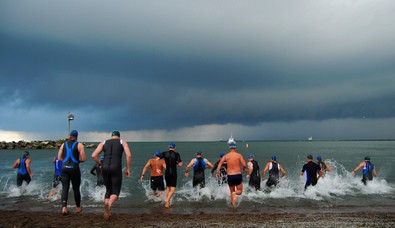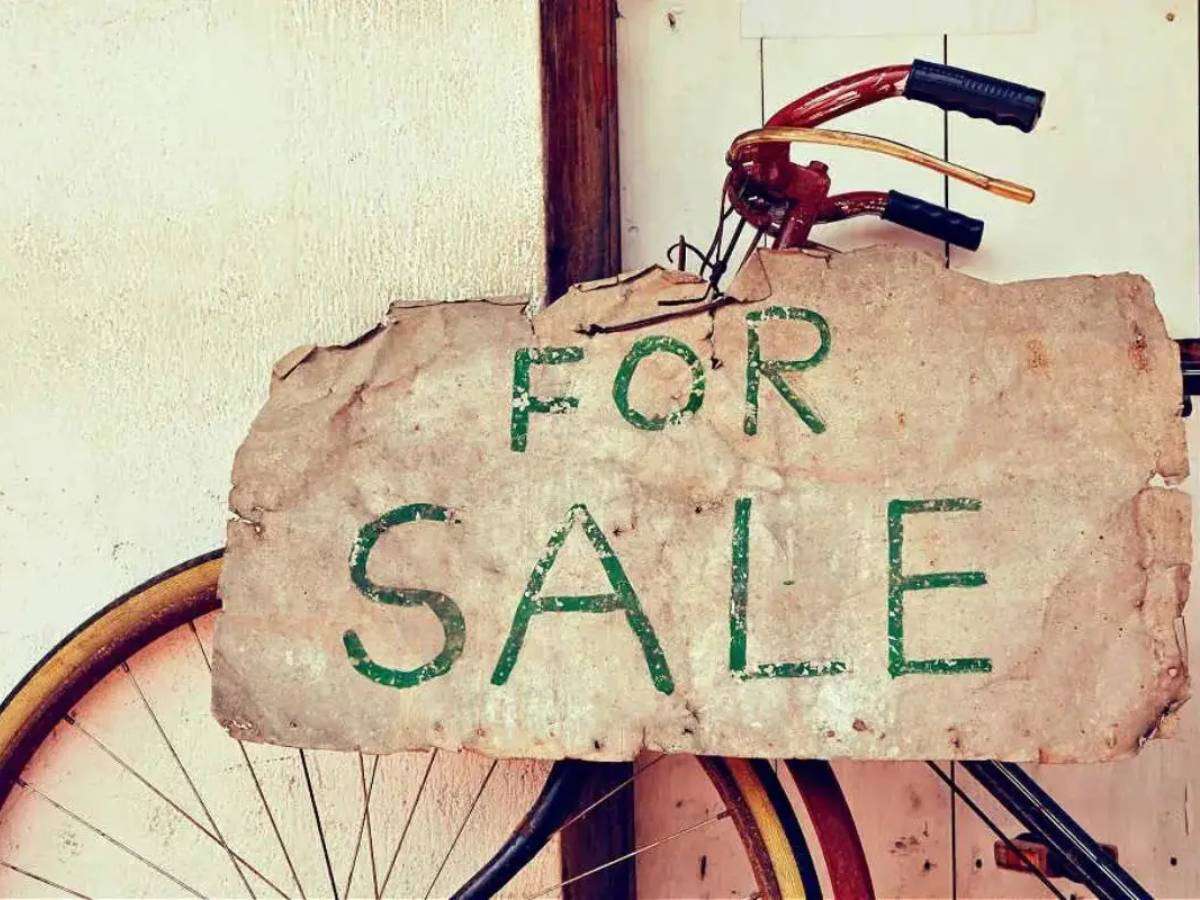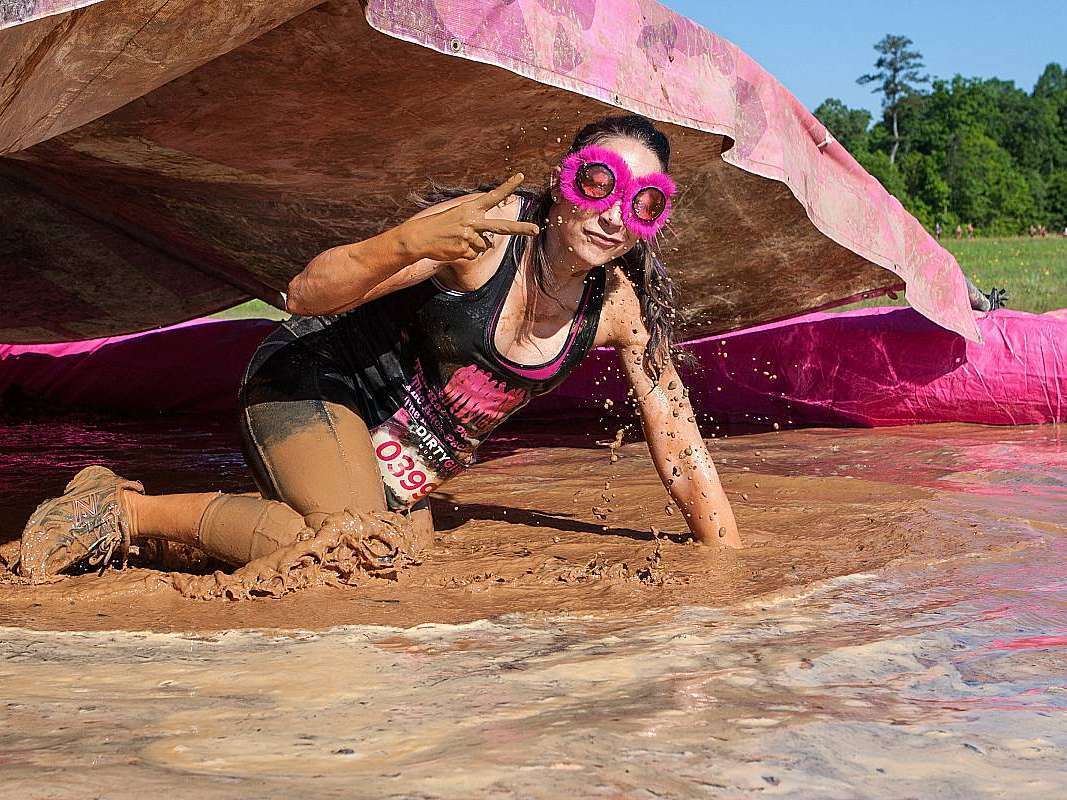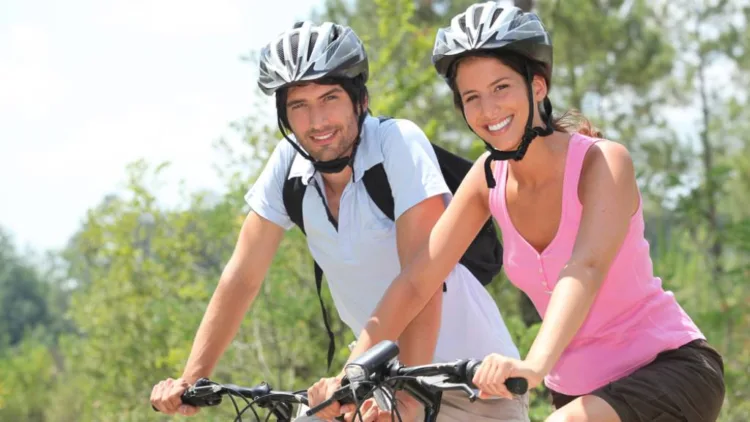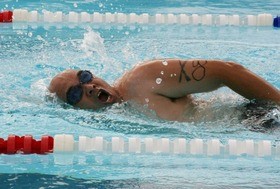 For a lot of triathletes, swimming is their “limiter” or area needing the most improvement.
For a lot of triathletes, swimming is their “limiter” or area needing the most improvement.
Of course, this wouldn’t be true if you have a strong swim background, but many triathletes don’t.
When I became interested in the sport of triathlon I barely knew how to swim at all. At first, I had a negative attitude about swimming. It was something I knew that had to get done, but I didn’t feel like I was ever quite getting it, certainly not enjoying it. Biking and running were much more do-able, swimming was a constant battle.
Swimming was especially difficult for me at first because I assumed that good swimming was a matter of being in peak condition and exerting intense effort. Basically, I figured I could muscle my way through it.
It became increasingly frustrating to see how slow I was swimming, despite all the effort I exerted. Speeding up my stoke and kicking my legs harder wasn’t making me any faster, but it was sure wearing me out.
I got by in my first couple triathlons with a pathetic freestyle (or front crawl) stroke. I grew frustrated enough that I decided to seek out some help.
Swimming Technique
One day while swimming at the local YMCA I met Nicole, who was starting a Masters Swim Class.
She invited me to join, and I did. This proved to be one of the best decisions I’ve made in my triathlon training.
Nicole spotted right off what was wrong with my stroke, and worked with me to get it right.
A lot of Nicole’s coaching seemed contrary to my logic. For example, she insisted that I would swim any distance faster with fewer strokes. In other words, slowing down my stroke would make me faster. I trusted her.
She was right! I had so many things wrong with my technique that I had to work on them independently:
Keeping my fingers together on the downsweep
Getting a full extension and glide on each stroke
Pointing my toes on the flutter kick
Bi-lateral breathing
Feeling my thumb brush the outside of my thigh on the upsweep
These were all things I had to focus on, one by one.
If there’s one area where technique is especially going to “make or break you” as a triathlete it’s the swim. You don’t want to exert any unnecessary energy and effort in the water than is necessary; you still have a ride and run to do!
I am very thankful I had Nicole to help me swim more effectively and efficiently. You will make no wiser investment than to assure that you are swimming with proper technique.
How To Evaluate Your Swim Stroke
There are several ways of evaluating and improving your swim stroke.
Some people arrange for one-on-one coaching or sign up for a swim class. For example, at the YMCA where I belong, there’s a swim technique class for adults that teaches you proper technique.
For people who know how to swim and have built a reasonable swimming endurance base, there is also a Masters Swim Class. The Masters Swim Class is more like a training session — where the coach has a certain workout for you with technique development skills, as well as speed and endurance swim training.
Improving Your Swim Technique
Assuming you are a self-coached triathlete, there are a few resources you should be aware of.
Total Immersion has a wealth of DVD training courses to help you improve at swimming.
Some of the better books on the subject include Total Immersion: The Revolutionary Way to Swim Better, Faster, and Easier by Terry Laughlin, and Swimming Even Faster by Ernest Maglischo.
To develop as a swimmer, there are some training aids you might want to consider utilizing (especially in the off-season) including:
-
Fins – Fins are used in swim training to strengthen the legs and help you develop a powerful kick. Like shoes, fins come in different sizes — or you can purchase fins that are adjustable.
- Hand Paddles – Using hand paddles in training strengthens the upper body by providing resistance and (perhaps more importantly) teaches you the correct hand positions for good biomechanics. Paddles differ in size. A small person who is a weak swimmer probably wants to start with the smallest paddles available, while the larger or stronger swimmer will want the larger paddles.
- Pull Buoys – A pull buoy is a device you place between your legs that makes your legs and hips float so you can isolate and focus on the movement of your upper body — especially your arm movements. Pull buoys also come in various styles and sizes.
- Fist gloves, and kickboards are a couple of other training aids that some triathletes use.
Training Plans For Swimming
There are plenty of training plans out there to help you become a stronger swimmer. Any good plan is going to include drills to improve technique, and some combination of endurance and speed interval training.
Some helpful swim drills include:
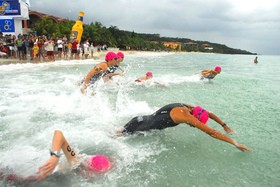 Many triathletes do a lot of their swim training in a pool. But keep in mind that open water swimming is very different, and you must include adequate open water training to succeed as a triathlete.
Many triathletes do a lot of their swim training in a pool. But keep in mind that open water swimming is very different, and you must include adequate open water training to succeed as a triathlete.
Start Now
If you’re a tri newbie and swimming is your weakest link, don’t go to bed tonight without having done one of the following:
Purchase one of the swim resources mentioned above.
Determine how you are going to have your swim technique evaluated.
Establish a swim training plan, to begin this week.
Though I had a rocky start in swimming as a triathlete, I can honestly say swimming is the most enjoyable part of training and competing in triathlons for me. It feels so good to be in the water now. Sometimes it’s the relaxing nature of swimming that I enjoy most. At other times, it is how swimming challenges my entire body to blend strength, grace, and endurance.

